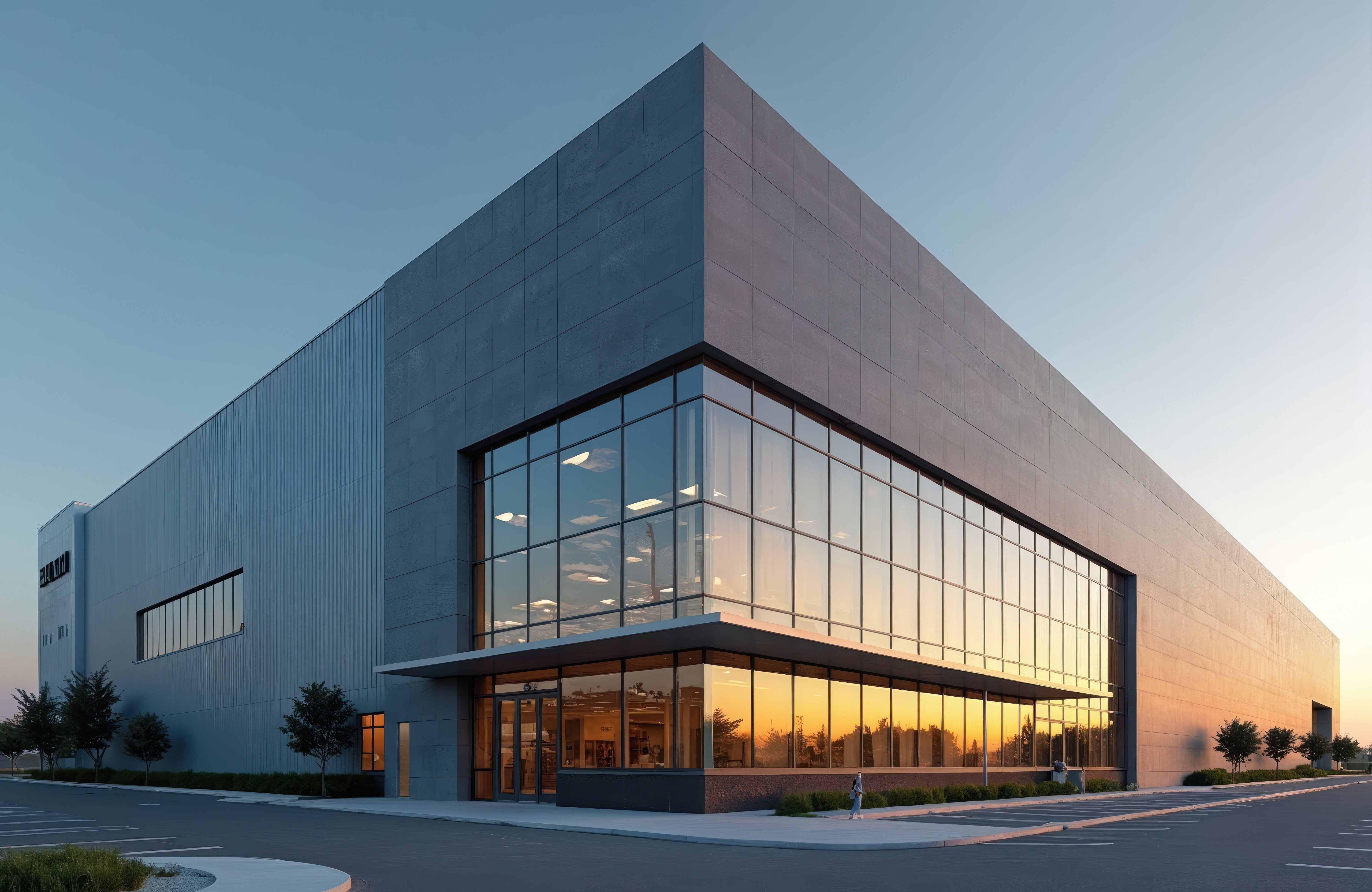How Smart Planning and Data-Driven Strategy Lead to the Perfect Fit
Determining how much office space your company really needs has become more complex than ever. As most CEO’s are requiring employees to fully return to the office, thinking about optimal space planning becomes essential. As most companies expand their space commitments to enable a full return to office, making sure you have sufficient space is critical.
Getting it right means finding the balance between efficiency, flexibility, and experience—creating a space that supports your people, your brand, and your bottom line.
At Keyser, we use AI-driven analytics, workplace strategy, and conflict-free tenant representation to help clients around the world—across office, warehouse, manufacturing, medical, and retail sectors—determine the right footprint for their business today and into the future.
1. Start With How Your Team Actually Works
The best way to determine your ideal space size is to understand how other similar companies are utilizing space.
- How often are desks occupied?
- Which areas—focus rooms, collaboration zones, meeting spaces—get the most traffic?
- Are there times when space feels empty or overcrowded?
Many companies today are using more space per person than they did pre-covid to account for collaboration space and more spacious and comfortable spaces for everyone.
2. Define Business Goals, Not Just Headcount
Your office isn’t just where people sit—it’s a strategic tool that reflects culture, supports client interaction, and drives business performance.
Ask key questions like:
- What is the purpose of the office—collaboration, innovation, client meetings, or brand presence?
- How fast do we expect to grow?
- Do we need more shared spaces, private offices, or flexible meeting areas?
By aligning workspace design with business goals, companies can right-size more effectively and avoid overcommitting to long-term square footage that may not fit future needs.
3. Plan for Flexibility and Growth
The right space plan includes flexibility—both for expansion and contraction. That might mean:
- Negotiating expansion rights or termination options in your lease
- Designing multi-functional areas that can evolve with business needs
- Using modular furniture and technology to adjust layouts without major cost
Keyser’s project management and workplace design teams work with clients to plan flexible layouts that support long-term adaptability without wasted space.
4. Look Beyond Office: Portfolio Optimization
Even if the question starts with office space, total occupancy strategy should include all property types—warehouses, manufacturing plants, medical facilities, and retail locations. Keyser’s holistic, global approach ensures each facility type supports overall operations efficiently and cost-effectively.
The Keyser Advantage
With over 600 professionals worldwide, Keyser delivers global capabilities with local insight—helping clients make smarter real estate decisions across every asset class.
Our AI-enabled, conflict-free model empowers occupiers to right-size intelligently, negotiate effectively, and build flexibility into their real estate portfolios from the start.
Getting your space right isn’t just about square footage—it’s about creating an environment that helps your team perform, grow, and thrive.
Frequently Asked Questions:
Q: How do I calculate the right amount of office space for my company?
A: Determining the correct office footprint starts with understanding how your team works day-to-day. Instead of relying solely on headcount formulas, analyze workplace activity: desk usage, collaboration patterns, meeting-room demand, and peak occupancy times. Modern office planning often requires more space per employee to support collaboration, focus rooms, and enhanced employee experience. Partnering with tenant-only advisors like Keyser allows companies to use AI-driven analytics and benchmarking to right-size efficiently and avoid costly over- or under-committing to space.
Q: How many square feet per employee should I plan for in today’s office environment?
A: Post-COVID space planning trends have shifted. Many organizations now allocate more square footage per person to support collaboration areas, private focus zones, technology-enabled meeting rooms, and a more comfortable workplace experience. Traditional planning benchmarks of 150–200 SF per employee are evolving, and the right ratio varies by industry, work style, and growth plans. A data-driven workplace strategy helps determine the proper square-footage model based on how your people actually use space—not outdated pre-pandemic metrics.
Q: How can I build flexibility into my office space strategy as my business grows?
A: A proactive real estate strategy should account for both expansion and contraction. Smart planning includes negotiating growth rights and termination options, designing multi-functional space, and incorporating modular layouts and technology that adapt to changing business needs. Keyser’s workplace strategy and project management teams help leaders build flexible, scalable environments so they can grow efficiently without overpaying for unused space or scrambling during expansion.




